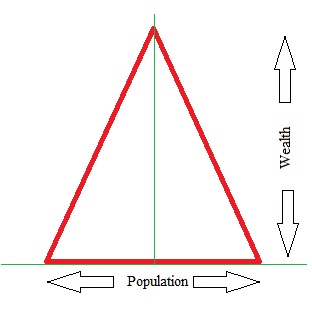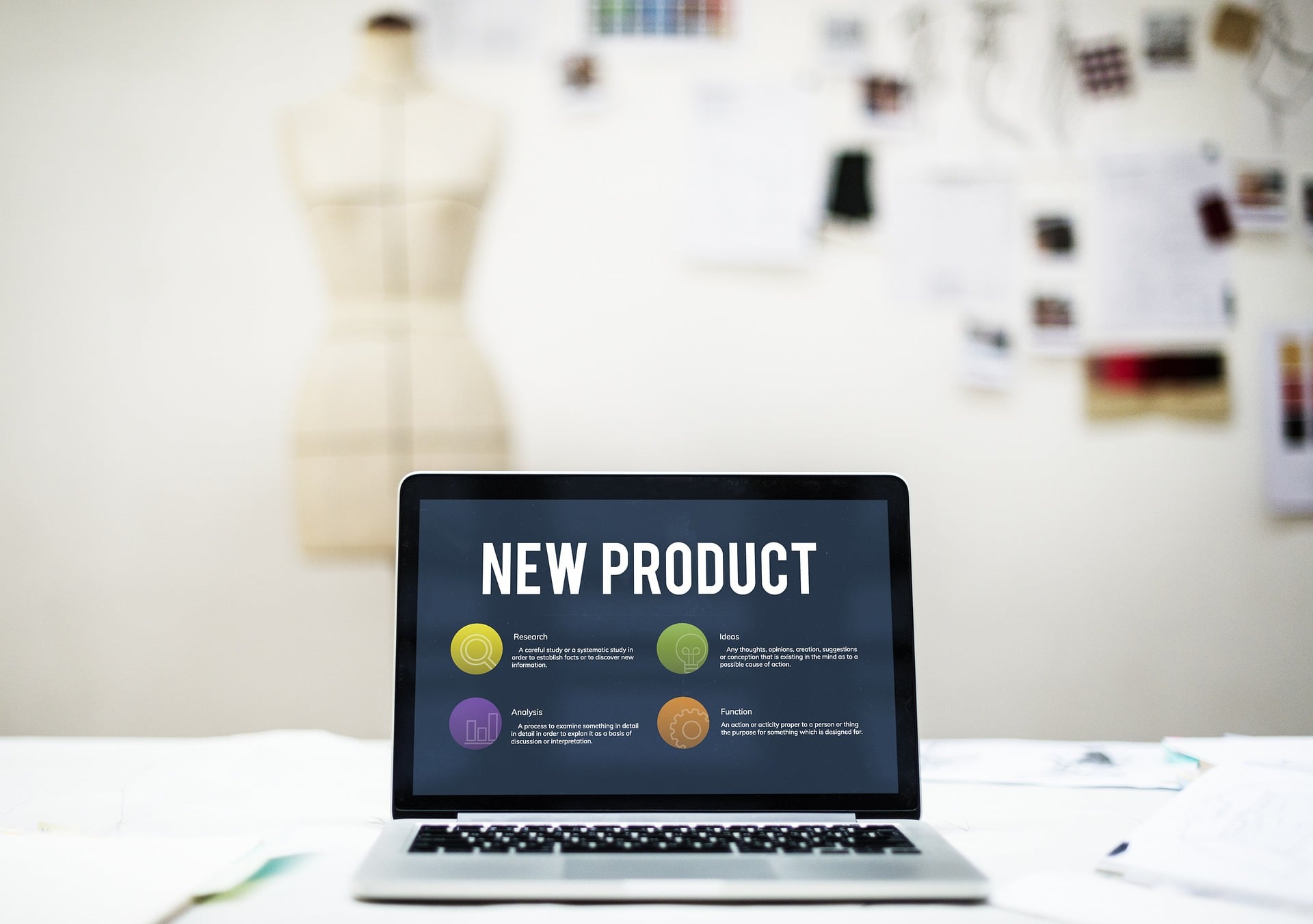Last updated: Feb 22, 2020
Model Name : Bottom of the Pyramid Strategy
Creator : CK Prahalad
Year : 2002
Purpose : Socio-economic conceptualization | Business opportunities in lowest economic groups | Emerging-market strategies.
You are probably familiar with the term Bottom of the pyramid (BOP) which refers to the poorest two-thirds of the human pyramid in economics. It is a market-based model of economic development that promises to improve widespread poverty while providing profits and growth for multinational companies at the same time.
BOP Marketing Strategy
You can call it a “Market Expansion” Strategy
The majority of corporations or companies are trying to do business with the four billion people living in miserable poverty by following a formula long hyped by experts.
This formula directs to offer products at incredibly low margins and prices, with an aim to generate fair profits by retailing huge quantities of merchandise.
This “high-volume, low-margin, low-price” model has held power for more than a decade; mainly, on the basis of the success of Unilever India in retailing ‘Wheel’ to low-income Indian buyers.

Is This Model Good Enough to Make Decent Profits?
According to some critiques, the model has a serious flaw: It unavoidably necessitates an unreasonable target market’s penetration rate—often 30% or more of all customers in a specific area.
Stories of well-meant profitable ventures that failed to make viable profits or returns are not something too uncommon in low-income markets.

Example of BOP marketing Strategy
In 2001, Procter & Gamble, for instance – despite attaining strong penetration rates of 5 to 10 percent in 4 test markets– couldn’t produce a viable return on its PUR (water purifier) after launching the product on a large scale.

Here’s an interesting fact: the price of PUR sachet of about 10 cents provided a margin of around 50 percent on par with that of the products of P&G worldwide.
In 2005, the company gave up on it as a business and pronounced that the product will be available only to charitable organizations at a cost.
So, here is the lesson to learn:
cost structures in low-income markets are frightening
Working expenditures like distribution, are often much higher than expenses that corporations or companies encounter in developed markets.
Additionally, retention of new products and customer acquisition frequently demand remarkably strong as well as costly high-touch engagement levels. To cover such high costs, much higher volumes are needed to break even.
Any business that begins with a need of 30 percent or higher rate of penetration is on a shaky foundation.
Why Low Margins and Prices Don’t Always Work
The model of BOP marketing strategy or economic marketing strategy works Wikipedia if two circumstances are met:
- the company can influence the present infrastructure that serves well-off consumers to offer a service or product to poor customers;
- the customers are already acquainted with ways to purchase as well as use the offering.
Wheel, however, benefitted from the conditions in India.
Moreover, this leads us to the question: why Unilever was successful?
Reasons for Unilever’s Success?
1. Well established retail network
Unilever’s well-established retail channels and distribution– that served middle-class customers in reachable cities and surrounding zones were used to serve low-income consumers.
2. Incremental Cost
The detergent was sold along with other products of Unilever in the small grocery stores visited by both poor and middle-class customers, the revenues from the poor customers needed to cover just the incremental costs of Wheel. However, there was another factor too.
3. Not a new Product Category
The detergents were not new to those consumers. Hence, the company did not have to spend money on producing demand for the product category from scratch and training the consumers about how to use this product.
The company, however, did spend money on its advertising by signing a famed Bollywood actor ‘Salman Khan,’who has a huge fan following all across India, for an advertorial campaign.
Unilever managed to sell Wheel for 30 percent less than other detergents, thanks to the consumer’s familiarity with it and the existing distribution network.
Village Scale is optimal, but It Is Funds-demanding
Planning to expand your business beyond a village? If this is so, remember, marginal costs will instantly increase, and the efficiency will drop.
Let me explain this with the example of Solae, a company that attempted to magnify from its original target villages to more remote areas.
The travel time, however, cut considerably into retailing time and heightened the costs ultimately. Operating at a village scale is, however, feasible.
Margin-Boosting Solutions
To work around the limitations of restricted volumes and slower growth and to cover the higher costs of working in low-income markets, companies have to produce a significant offering from all sales deals. That necessitates a margin-boosting approach with three parts:
1. Localized base products sold as a bundle
A low-income customer, for instance, can more easily take out the money for a “toiletries kit” that covers quite a few required products such as toothpaste, shampoo, etc. than paying the same sum for a single product such as a large-size shampoo.
2. Customer peer groups
The microfinance bank in Bangladesh – Grameen Bank– is famous for its use of peer groups: Self-created clubs of 5 to 10 individuals share responsibility for microloans. A group will typically name itself and meet on a regular basis to check on the businesses of each member.

3. Enabling service
For around $14 per week, CEMEX – a Mexico-based cement manufacturer– retails low-income families a service that enables them to make their own homes at a lower cost and more efficiently by providing them with access to warehousing of materials, inspections and the advice of an architect. The prices entail the cement products of the company.
Final Thoughts
If outcomes remain sturdy, the subsequent step would be to imitate the business model quickly enough to repay the investment that was done in the initial state and to advance and progress the social mission of the project.
Given the significance of soft skills to the efficacy of the sales team, the hiring and training process requires standardization.
Companies frequently wish to launch thriving ventures with the capability of transforming the lives of numerous people living in poverty. These companies need to go back to basic business tenets.
No matter how praiseworthy the mission may be, a business created on the basis of unrealistic expectations will eventually fail.
Companies and businesses must embrace the truth that high price points and margins are not just a top-of-the-pyramid miracle.
The reason is that the high costs of serving the lower class demand a high contribution per transaction and its not just sustainable in the long run.
References & more information













Add comment